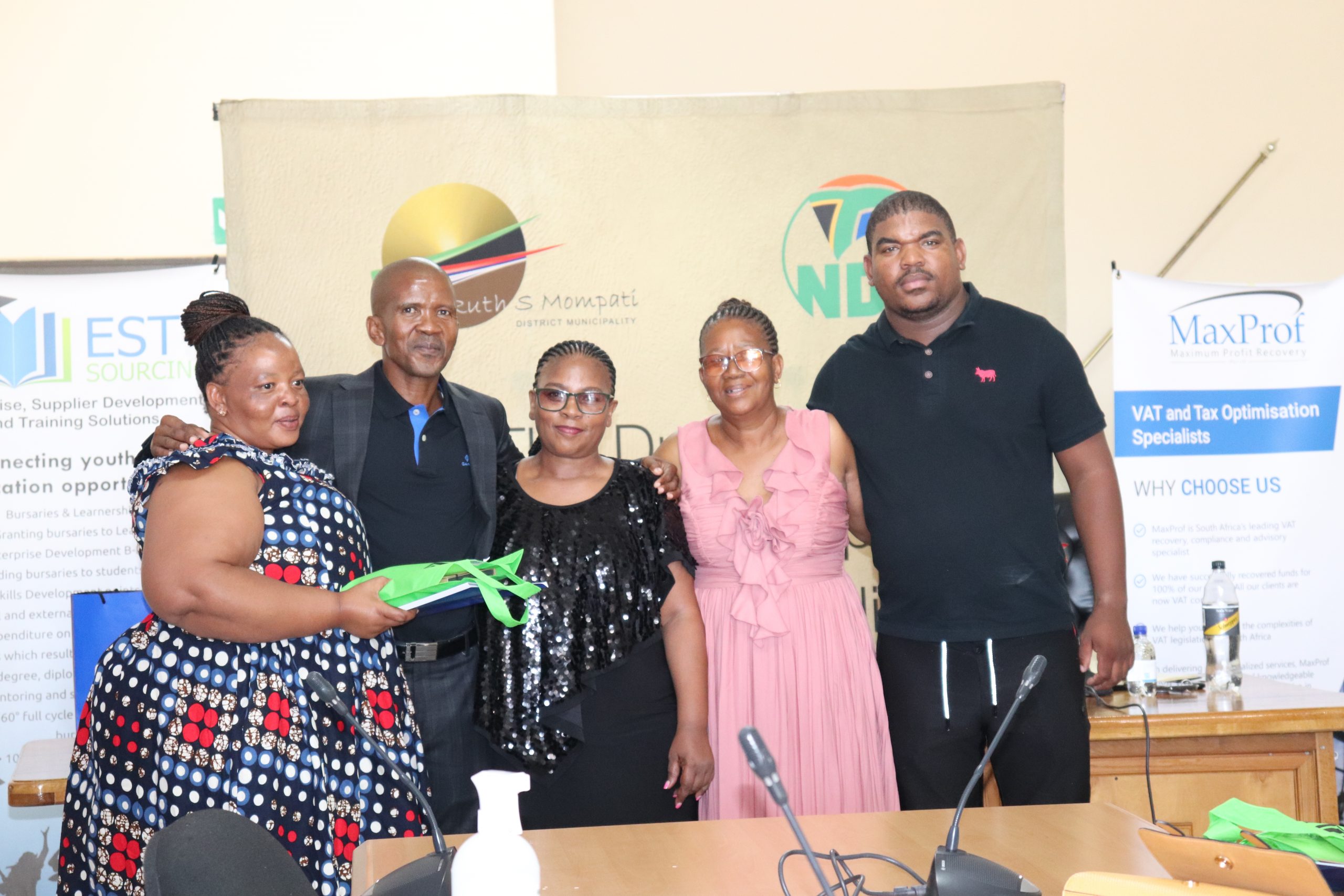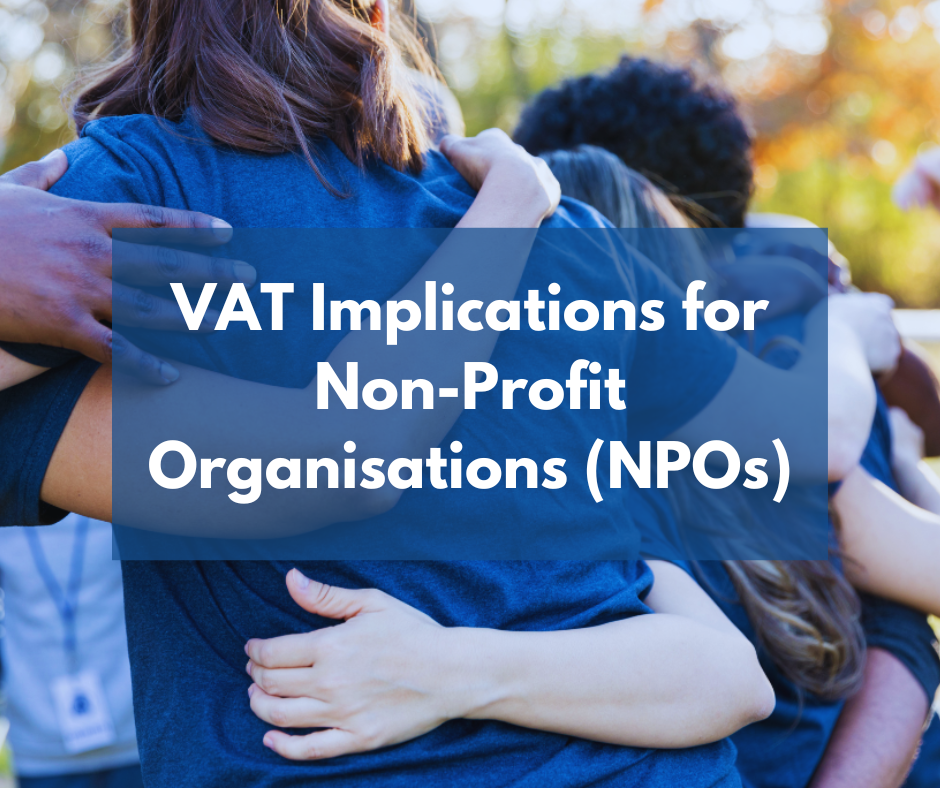It is imperative for VAT vendors to distinguish between a trade payment and an indemnity payment as the VAT treatment for the two supplies differ. A trade payment is a payment under a contract of insurance by an insurer to a third-party supplier to replace or refund the insured’s goods that may have been lost, damaged or destroyed. An indemnity payment is where an insured person is paid out a claim in money under a contract of insurance because of a loss suffered in the vendor’s business.
The VAT Act
According to Section 8(8) of the VAT Act, a payment is considered to be consideration for a supply made by the vendor in the course or furtherance of the vendor’s VAT enterprise, to the extent that it relates to a loss incurred in the course of carrying on a VAT enterprise, when a vendor receives any indemnity payment under an insurance contract, or is indemnified under an insurance contract by the payment of any amount of money to another person.
The time of supply will be triggered when the amount is received by the insured or the third party. The value of the supply will be the actual amount received.
According to section 1(1) of the VAT Act, insurance is defined as a guarantee against loss, damage, harm, or risk of any sort, whether made in accordance with a contractual obligation or not. Reinsurance is included in the definition. It further states that a contract of insurance includes a policy of insurance, insurance cover and a renewal of a contract of insurance.
According to the first proviso of section 8(8) of the VAT Act, section 8(8) does not apply to any indemnity payments that were received when the provision of the insurance services was exempt from VAT under section 7(1)(a) of the VAT Act.
According to the second proviso of section 8(8) of the VAT Act, no output tax is due on an indemnity payment made to a vendor under an insurance contract if the payment is for the full replacement cost of goods that were stolen or damaged beyond repair, and an Input VAT deduction was denied when the goods were purchased under section 17(2) of the VAT Act.
SARS Guidance
The VAT 421 Guide for Short-Term Insurance addresses the legal provisions relating to both the insurer and the insured regarding trade payments and indemnity payments.
An insurer will make a trade payment to a provider of goods or services to repair or replace insured products that have been misplaced, damaged, or destroyed. These payments will be incurred by the insurer in the course and promotion of its enterprise. When claiming Input VAT under section 16(3)(a) or (b), the insurer must have a valid tax invoice and is entitled to the VAT, provided that it does not relate to a zero-rate or exempt supply.
When it comes to payment of indemnity payments in terms of a contract of insurance, the insurer is also entitled to an Input VAT deduction if the insurance provided was a taxable supply. The insurer is not entitled to any deduction if the person indemnified was not a South African resident at the time, or if the supply of the goods was outside South Africa. Where the payment relates to interest and ex gratia payments, there are also no deductions allowed for the insurer.
To the extent that the loss suffered relates to the insured enterprise, section 8(8) of the VAT Act states that when an insured vendor receives an indemnity payment in cash under a taxable insurance contract, the payment is deemed to be consideration received for the supply of services by the insured vendor. The insured is required to account for Output VAT by applying the tax portion of 15/115 to the amount received, as consideration is deemed to include VAT.
In cases where the indemnity payments relate to insurances services which are exempt, out of scope or are linked to non-enterprise activities, then there are no Output VAT implications for the insured. The same will apply where the indemnity payment relates to reinstated goods where the Input VAT was denied when the goods were initially purchased, e.g., motor vehicles and goods that relate to entertainment.
Examples of Indemnity Payments Received
Example 1
A vendor receives an insurance claim of R 500,000 relating to money stolen by a previous employee. What are the VAT implications?
Insurance losses due to employee fraud, are closely related to a company’s operations. Output VAT is payable on R 500,000 x 15/115 = R 65,217.39.
Example 2
A vendor receives an insurance payment from its insurance company in The United Kingdom for R 500,000 for trading stock stolen in South Africa. What are the VAT implications?
There are no VAT implications as the contract of insurance was not subject to RSA VAT.
Example 3
A vendor receives notification from its insurance company that it has made an indemnity payment to the insurance company of a third party for damages caused by the vendor. The third party was paid R 100,000 and the vendor was paid the VAT of R 15,000. What are the VAT implications?
The vendor is liable for the full Output VAT of R 15,000.
Example 4
A financial institution which makes 85% taxable supplies receives a business continuity claim due to COVID-19 of R 200,000. What are the VAT implications?
Output VAT is only payable to the extent that the vendor makes taxable supplies, so only 85% of the R 200,000 will be subject to Output VAT. Output VAT of R 200,000 x 85% x 15/115 = R 22,173.91 is payable.
Example 5
A vendor receives an indemnity claim of R 100,000 for a single cab bakkie and R 200,000 for a Honda Ballade which were stolen from his paper factory. What are the VAT implications?
As Input VAT on the Honda Ballade was denied on acquisition because it is a passenger car, no Output VAT will be payable on it. Output VAT of R 100,000 x 15/115 = R 13,043.47 will be payable on the bakkie.
Example 6
A vendor receives a R 100,000 payment for a third-party indemnity claim. The vendor is not the insured and the payment relates to stock damages incurred on the other company’s premises. What are the VAT implications?
Because the vendor is not the insured, the receipt does not fall within the ambit of section 8(8) of the VAT Act and the vendor is therefore not liable for any Output VAT.
Example 7
A vendor exports rice to Malawi. During the transport of the goods to Malawi, the consignment of rice is damaged, and the vendor receives an indemnity payment of R 100,000 from his local insurance company. What are the VAT implications?
There is no provision in the VAT Act that zero-rates a section 8(8) deemed supply of a service, therefore the vendor will be liable for Output VAT of R 100,000 x 15/115 = R 13,043.47.
Author:
Andre van Wyk














